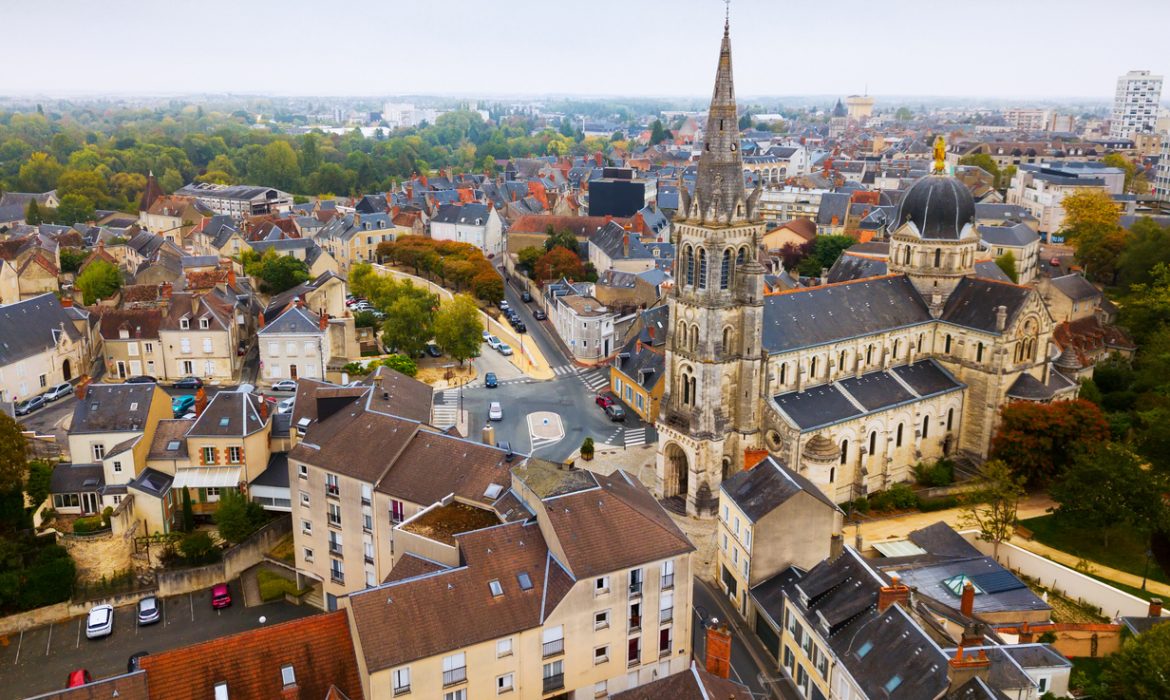More than half a century since the U.S. military left Chateauroux’s vast air base, the coronavirus travel slump has provided a surge of business for the French regional airport.
Forced for years to rely on freight and thin tourist traffic as it redesigned itself as an industrial airport, it is suddenly busier than at any time since General de Gaulle ordered foreign forces out of France, as airlines flock to store grounded jets.
The airport in central France is among several regional centres mobilised to tackle the crisis as it imports masks and opens its tarmac to jetliners idled by the collapse of flying.
These include 11 out of 12 British Airways double-decker A380 superjumbos, their giant tails dominating the wheat fields surrounding what was once NATO’s largest logistics depot.
Jet brokers say the airfield also contains over a dozen undelivered Airbus planes, transferred from their Toulouse factory. Some are said to be for sale after buyers backed out.
In total some 43 airplanes are stored at Chateauroux at an official monthly charge of between 3,000 and 5,000 euros ($5,625.50) for every parking spot.
The result is a windfall for an airport that has been fighting for its place in the ultra-competitive industry.
Chateauroux has long been ignored by low-cost carriers because of the council’s refusal to fork out subsidies.
Airport director Didier Lefresne is optimistic about the industry’s recovery, though no airlines have yet asked for their planes back – a sign the restart won’t happen overnight.
“Tourism will start and people will move; I think it will go quite quickly,” Lefresne said.
Chateauroux aerodrome housed planemaker Marcel Dassault’s first factory and was handed to the U.S. Air Force in 1951, expanding to become the largest American base in Europe.
But President Charles de Gaulle withdrew French forces from NATO’s command in 1966 and closed foreign bases a year later in protest at what he perceived as U.S. hegemony.
The move left airports like Chateauroux with modest traffic but long runways and ample space for maintenance and freight.
Chateauroux’s original role as a logistics hub has been revived during the crisis as Boeing 747s, Russian Ilyushins and Ukrainian Antonovs hauled protective gear from China.
“We were approached a week into the crisis to handle sanitary cargo,” Lefresne said.
Those shipments have eased as French warehouses fill up. But Chateauroux is looking for a permanent lift from e-commerce after freight demand soared during the crisis buoyed by its geographical position in the centre of the country.
Crucially, it aims to lure more freight away from Paris, 270 km to the north, and is building a large maintenance hangar.
Doing so is often seen as challenging in France’s highly centralised economy, with 90% of air cargo transiting Paris.
“It’s complicated to change. We’re not the only airport facing this issue,” Lefresne said.
Decentralisation has long been a thorny issue in France, triggering De Gaulle’s resignation in 1969.
But experts say the crisis may increase attention on regional airports such as Chateauroux, which is also a training centre.
Pilots already come to perform “touch-and-go” training, skimming the 3,500-metre runway before doing laps. As airlines restart, they face a backlog of training to keep pilots fresh.







